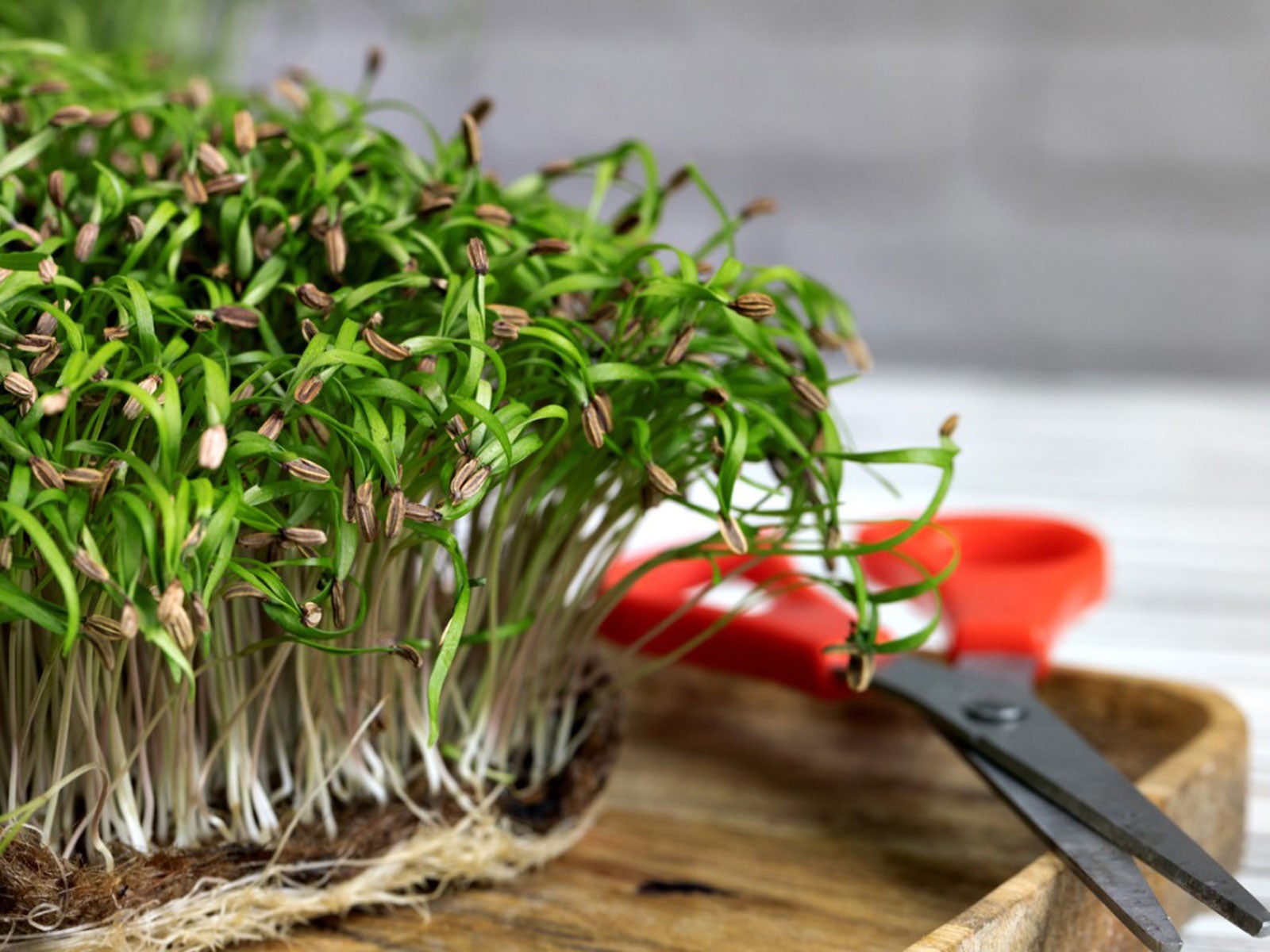Grow Best Veggies in Partial Shade: A Guide to Thriving in Low Light Gardening
:max_bytes(150000):strip_icc()/grow-vegetables-without-full-sun-4150681-14-0ce4aa273188487f9d2bb8e930bbcad5.jpg)
Are you tired of seeing your vegetable garden wilt under the harsh sun? Do you have a shady corner in your backyard that you've been neglecting? It's time to turn that shade into an opportunity! Contrary to popular belief, not all vegetables need full sun to thrive. In fact, some of the best vegetables to grow in partial shade can produce bountiful harvests with just a few hours of sunlight each day. Let's dive into the world of shade-tolerant vegetables and explore how you can transform your shady garden into a lush, productive oasis.
Understanding Partial Shade
Before we delve into the best vegetables to grow in partial shade, let's clarify what partial shade means. Partial shade refers to areas that receive between 3 to 6 hours of direct sunlight per day. These areas are typically shaded by trees, buildings, or other structures. If you have a spot in your garden that fits this description, you're in luck! Partial shade can be a blessing in disguise, especially during hot summers when full-sun vegetables might struggle.
Best Vegetables to Grow in Partial Shade
Leafy Greens
Leafy greens are some of the most shade-tolerant vegetables you can grow. These plants thrive in cooler temperatures and can handle lower light levels better than many other vegetables.
Spinach
Spinach is a classic choice for partial sun vegetables. It prefers cooler temperatures and can tolerate partial shade, making it an excellent option for early spring or fall planting.
Lettuce
Lettuce is another leafy green that does well in partial shade. Varieties like romaine, butterhead, and loose-leaf lettuce can thrive with just a few hours of sunlight each day.
Kale
Kale is a hardy vegetable that can tolerate a wide range of conditions, including partial shade. Its robust leaves make it a great choice for shadier spots in your garden.
Root Vegetables
Root vegetables are another category of shade-tolerant vegetables that can do well in partial sun. These plants often have deeper root systems that help them thrive in lower light conditions.
Radishes
Radishes are quick-growing and can tolerate partial shade. They are perfect for early spring or fall planting and can be harvested in as little as 30 days.
Beets
Beets are another root vegetable that can do well in partial shade. Both the roots and the greens are edible, making them a versatile addition to your garden.
Herbs
Herbs are not only delicious but also quite adaptable to partial shade conditions. Many herbs can thrive with just a few hours of sunlight each day.
Parsley
Parsley is a biennial herb that can tolerate partial shade. It's a great choice for adding flavor to your dishes and can be grown in pots or directly in the ground.
Mint
Mint is a hardy herb that can thrive in partial shade. It's perfect for adding a refreshing touch to your beverages and can be grown in containers to prevent it from spreading too much.
Tips for Successful Low Light Gardening
Soil Preparation
One of the keys to successful low light gardening is proper soil preparation. Ensure your soil is well-draining and rich in organic matter. Compost and well-rotted manure can help improve soil structure and fertility.
Watering
Shade-tolerant vegetables generally require less water than their full-sun counterparts. However, it's still important to water them consistently. Aim for about 1 inch of water per week, either from rainfall or irrigation.
Mulching
Mulching can help retain moisture and suppress weeds in your shade garden. Use organic mulch like straw, wood chips, or shredded leaves to keep your plants healthy and happy.
Companion Planting
Companion planting can be beneficial in a shade garden. Plants like lettuce and spinach can be grown alongside taller, shade-providing plants like beans or peas. This can help create a microclimate that benefits both types of plants.
Conclusion
Growing the best vegetables in partial shade is not only possible but also rewarding. By choosing the right shade-tolerant vegetables and following some simple tips, you can transform your shady garden into a thriving oasis. Whether you're growing leafy greens, root vegetables, or herbs, there's a place for everyone in the shade garden. So why wait? Embrace the shade and start your low light gardening journey today!
FAQs
What are the best vegetables to grow in partial shade?
Some of the best vegetables to grow in partial shade include leafy greens like spinach, lettuce, and kale, root vegetables like radishes and beets, and herbs like parsley and mint.
How much sunlight do partial shade vegetables need?
Partial shade vegetables typically need between 3 to 6 hours of direct sunlight per day. They can tolerate lower light levels better than full-sun vegetables.
Can I grow tomatoes in partial shade?
Tomatoes generally require full sun to produce a good harvest. However, some varieties like cherry tomatoes can tolerate partial shade, especially in hot climates.
What are some tips for successful low light gardening?
Successful low light gardening involves proper soil preparation, consistent watering, mulching, and companion planting. Choosing the right shade-tolerant vegetables is also crucial.
How can I improve the soil in my shade garden?
Improve the soil in your shade garden by adding compost and well-rotted manure. This can help improve soil structure and fertility, making it more suitable for shade-tolerant vegetables.


0 Response to "Grow Best Veggies in Partial Shade: A Guide to Thriving in Low Light Gardening"
Post a Comment